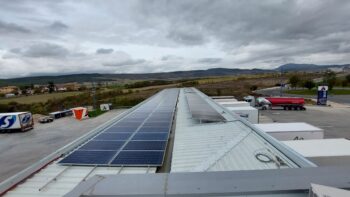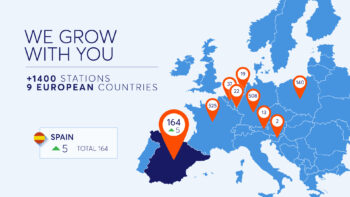

Manage costs related to Andamur fuel payments, AdBlue and secure parking. Credit payment options via bank transfer or online top-ups.
More information
Optimise management and control of your fleet with the most advanced technology. Travel in 12 European countries with a single device.
More information
Recover VAT and other taxes such as Professional Diesel, TICPE, the Macron Law and TIPP on your journeys around Europe. Service 100% tailored to your needs by an expert.
More informationPetrol stations in Europe
Countries in Europe
Customised Service
At Andamur your security and that of your fleet are our top priority. Which is why we devote much of our investment in R&D to developing products and services that make your journeys more secure.
Certified with standard ISO 27001, which endorses our ability to verify and manage risks with maximum security in all our transactions.
Customer service 100% tailored to your needs in all languages. A wide range of services designed solely and exclusively for the wellbeing of all hauliers.
Updated information about Andamur: news, novelties, launches and much more.

In line with our commitment to sustainability and energy efficiency,at Andamur we have implemented the installation of photovoltaic solar panels at our Andamur Guarromán Service Area in Jaén. This project has been made possible thanks to the funding received through the European NextGenerationEU funds, within the framework of the Recovery, Transformation and Resilience Plan, as […]

In line with our commitment to sustainability and energy efficiency,at Andamur we have implemented the installation of photovoltaic solar panels at our Andamur Pamplona Service Area, Navarra. This project has been made possible thanks to funding received through the European NextGenerationEU funds, within the framework of the Recovery, Transformation and Resilience Plan, as part of […]

At Andamur, we continue to grow with a clear goal: to support professional transporters on every kilometre of their journey, offering them maximum coverage and comfort. On this occasion, we take another step forward in our expansion strategy thanks to our collaboration with Enilive, through which we incorporate new partner stations into our network. Starting […]

© Copyright - Andamur
